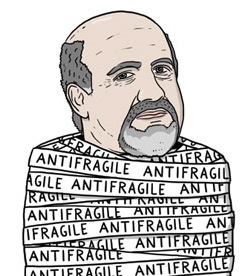A common definition of terrorism refers to acts that intend to create fear. Targeting a primal anxiety was the intention of the cyber attack carried out against Sony pictures and the threats carried out against theaters showing the film.
to all of our surprise, it worked!!!!
The Sony hacking saga took a sinister turn on Tuesday when hackers sent a message and threatened to target theaters showing “The Interview” in a 9/11 type attack. Major movie chains said they would not show the film and actors James Franco and Seth Rogen have already canceled all media appearances promoting their film.
A Sony spokesman said the company had no further release plans for the film, in its statement, Sony also said the company was “the victim of an unprecedented criminal assault against our employees, our customers, and our business. Those who attacked us stole our intellectual property, private emails, and sensitive and proprietary material, and sought to destroy our spirit and our morale.”
States, organizations and the general public have been targets for many years to constant acts of terrorism and yet they continue to prosper.
how is that possible?
The answer is that they establish and develop resiliency, just like the adaptive species Charles Darwin described in his work “On the origin of species” and the “anti-fragile” philosophy presented by Nassim Taleb.
Part of developing this resilience can be attributed to the fact that organizations and the general public carry out a system of risk analysis and role playing allowing individuals and organizations to better prepare themselves for adverse events.
and yet from time to time we find ourselves asking “how did we not prepare ourselves for this event” as we are sure Sony pictures are now asking themselves.
Lotan Strategic Gaming (LSG) simulations encourages our customers to develop new  skills, ideas and practices while using game based learning thus putting theory into practice in a fail-safe environment. Our learning methodology develops tactical and strategic ways of thinking and effective deployment as part of a holistic approach to the organization’s challenges.
skills, ideas and practices while using game based learning thus putting theory into practice in a fail-safe environment. Our learning methodology develops tactical and strategic ways of thinking and effective deployment as part of a holistic approach to the organization’s challenges.
Experience shows us that only by experiencing by ourselves can we truly evaluate and learn to be better. Using Lotan Strategic Gaming active platform is a solution that will help us answer the main question that needs answering:
Are we prepared?






